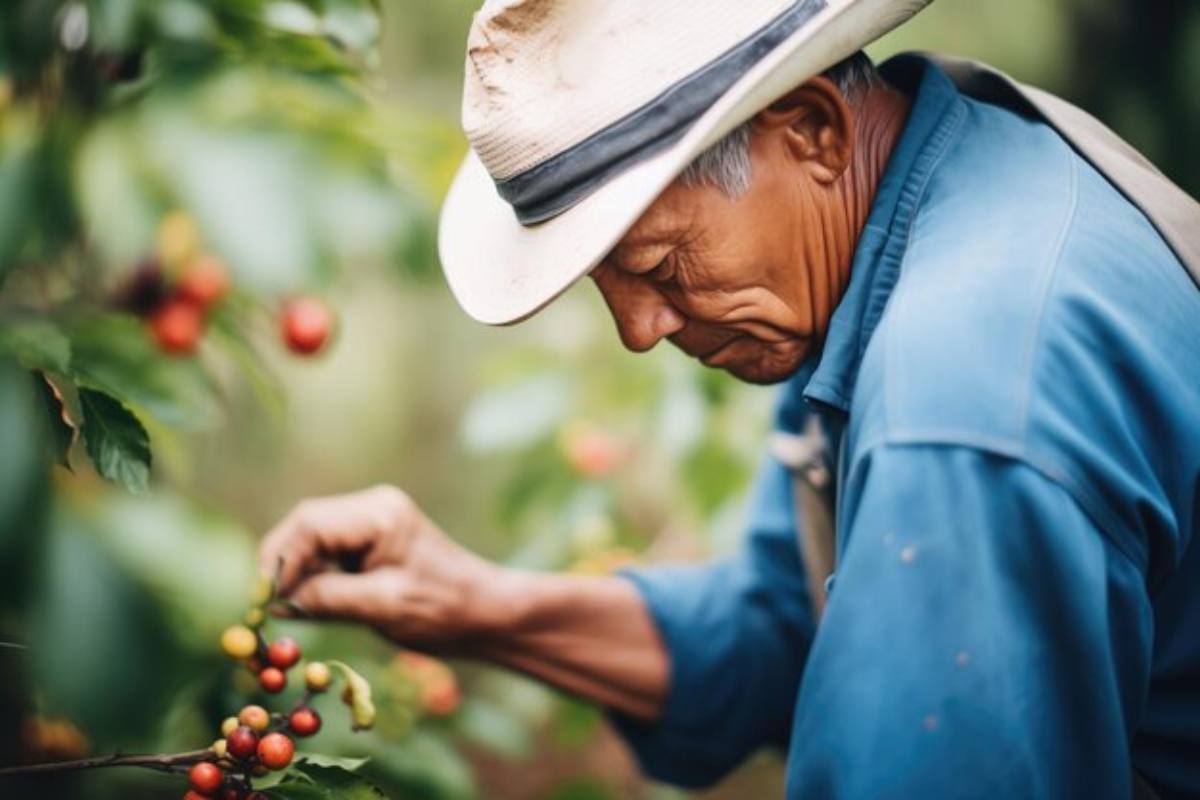When it comes to specialty coffee, few origins are as respected and beloved as Colombia. Known for its lush farms, meticulous processing, and signature flavor profiles, Colombian coffee has captivated coffee lovers worldwide. Exploring Colombian coffee means diving deep into a world where geography, tradition, and craftsmanship combine to create truly exceptional beans.
This guide will take you through the landscapes, the harvesting and processing methods, and the distinct flavors that make Colombian coffee one of the finest in the world.
Why Colombian Coffee is So Famous
Colombia’s unique geography creates the ideal environment for growing high-quality Arabica beans. Several key factors contribute to its worldwide reputation:
- Fertile volcanic soil.
- High altitudes between 1,200 and 2,200 meters.
- Balanced climate with steady rainfall.
- Mountain slopes with natural shade from native forests.
These conditions give Colombian coffee its signature characteristics — bright acidity, medium body, and clean, sweet flavor profiles that coffee enthusiasts appreciate globally.
The Colombian Coffee Landscape
Colombian coffee farms, or “fincas”, are typically small and family-owned, spread across dramatic mountainous regions. The diversity of microclimates across different regions produces a wide array of flavors.
Most renowned coffee regions include:
- Huila: Known for sweet, fruity coffees with caramel and citrus notes.
- Antioquia: Produces balanced coffee with mild acidity and subtle nuttiness.
- Nariño: High-altitude coffees with pronounced acidity and floral, fruity aromas.
- Cauca: Sweet, floral, with medium body and clean profiles.
- Tolima: Offers chocolatey, nutty coffees with tropical fruit undertones.
Each region delivers a unique experience in the cup, shaped by altitude, soil, and climate.
The Coffee Harvesting Process in Colombia
A hallmark of Colombian coffee farming is its commitment to hand-picking cherries, ensuring only the ripest are harvested. This method enhances the quality and consistency of the final product.
Thanks to its geography, Colombia benefits from two harvest seasons:
- Main harvest: October to February.
- Secondary harvest (“mitaca”): April to June in specific regions.
This dual-harvest system provides a near year-round supply of fresh coffee.
Coffee Processing Methods in Colombia
1. Washed (Wet) Process — Most Common
- Cherries are depulped to remove skin.
- Beans undergo fermentation to break down the mucilage.
- Washed with clean water, then dried under the sun or mechanically.
Flavor profile: Clean, bright, showcasing vibrant acidity and sweetness.
2. Experimental and Specialty Processes
Some farms innovate with alternative methods like:
- Natural Process: Beans dried inside the cherry, producing fruit-forward flavors.
- Honey Process: Partial mucilage retained, balancing sweetness and clarity.
- Anaerobic Fermentation: Creates complex, wine-like, or tropical fruit notes.
These experimental methods are expanding the diversity and quality within Colombian specialty coffee.
Flavor Profiles You Can Taste
Colombian coffee is renowned for its balance and versatility. Common tasting notes include:
- Fruity: Citrus, apple, berries, stone fruits.
- Sweet: Caramel, honey, panela (unrefined cane sugar).
- Nutty: Almond, hazelnut.
- Floral: Jasmine, rose — especially from high-altitude Nariño.
- Chocolate: Deep, smooth cocoa notes, common in Tolima and Antioquia.
This harmony of bright acidity, medium body, and rich sweetness makes Colombian coffee ideal for both filter brews and espresso.
Sustainability and Community Impact
Colombian farmers increasingly adopt sustainable practices, such as:
- Shade-grown coffee, preserving ecosystems and biodiversity.
- Water-saving washing techniques to reduce environmental impact.
- Fair trade and direct trade agreements, boosting small-farm incomes.
By supporting Colombian coffee, you’re supporting communities dedicated to environmental stewardship and heritage.
Brewing Tips to Highlight Colombian Coffee
- Best methods: Pour-over (V60), Chemex, French press, or AeroPress to enhance clarity and sweetness.
- Grind: Medium-coarse for pour-over; medium-fine for AeroPress; fine for espresso.
- Roast: Light to medium roast highlights fruit and floral notes; medium-dark enhances chocolate and caramel.
Why Colombian Coffee Should Be in Your Cup
Drinking Colombian coffee is more than having a beverage — it’s experiencing the passion, heritage, and dedication of generations. Whether you prefer a bright, citrusy cup from Nariño or a smooth, chocolatey brew from Tolima, exploring Colombian coffee’s farms, processes, and flavors offers a rewarding journey into taste and culture.
Join the adventure: try a single-origin Colombian roast today and discover a world of flavor in every sip.
